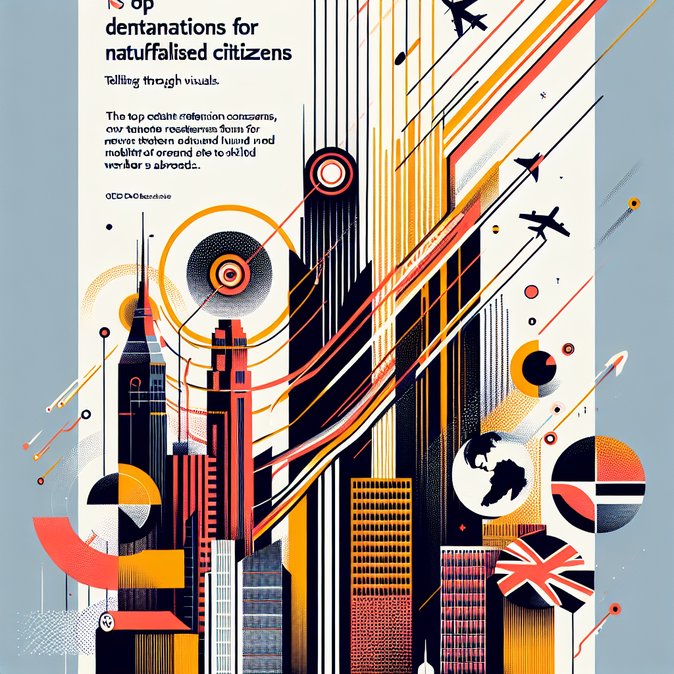
Fresh data released by the Organisation for Economic Co-operation and Development (OECD) on 5 November show that 225,000 Indian nationals became citizens of OECD countries in 2023—the highest figure recorded for any nationality and a 5 % jump over the previous year.
The findings, reported by Business Today, underscore India’s dominance in high-skill migration flows. The United Kingdom alone granted 144,000 Indian nationals citizenship—many under the Health & Care Worker visa—followed by Canada (140,000) and the United States (68,000).
![OECD report: 2.25 lakh Indians took citizenship of member countries in 2023, a new record]()
Policy analysts attribute the trend to a combination of tightened temporary-visa regimes (notably steep fee hikes and lotteries for U.S. H-1B visas) and post-pandemic labour shortages in health care and technology across the OECD. Naturalisation, they argue, offers Indian professionals long-term security and easier intra-company mobility compared with renewable work permits.
For Indian employers, the data signal a potential ‘brain drain’ challenge: once naturalised, professionals are less likely to return to India on local contracts. At the same time, multinational firms see an opportunity to staff regional hubs with dual-passport holders who can travel visa-free across multiple jurisdictions.
The OECD expects Indian naturalisations to remain above 200,000 annually through 2027, even as the U.S. share declines and continental Europe’s share grows under new talent-attraction schemes in Germany, France and the Netherlands.
The findings, reported by Business Today, underscore India’s dominance in high-skill migration flows. The United Kingdom alone granted 144,000 Indian nationals citizenship—many under the Health & Care Worker visa—followed by Canada (140,000) and the United States (68,000).

Policy analysts attribute the trend to a combination of tightened temporary-visa regimes (notably steep fee hikes and lotteries for U.S. H-1B visas) and post-pandemic labour shortages in health care and technology across the OECD. Naturalisation, they argue, offers Indian professionals long-term security and easier intra-company mobility compared with renewable work permits.
For Indian employers, the data signal a potential ‘brain drain’ challenge: once naturalised, professionals are less likely to return to India on local contracts. At the same time, multinational firms see an opportunity to staff regional hubs with dual-passport holders who can travel visa-free across multiple jurisdictions.
The OECD expects Indian naturalisations to remain above 200,000 annually through 2027, even as the U.S. share declines and continental Europe’s share grows under new talent-attraction schemes in Germany, France and the Netherlands.












